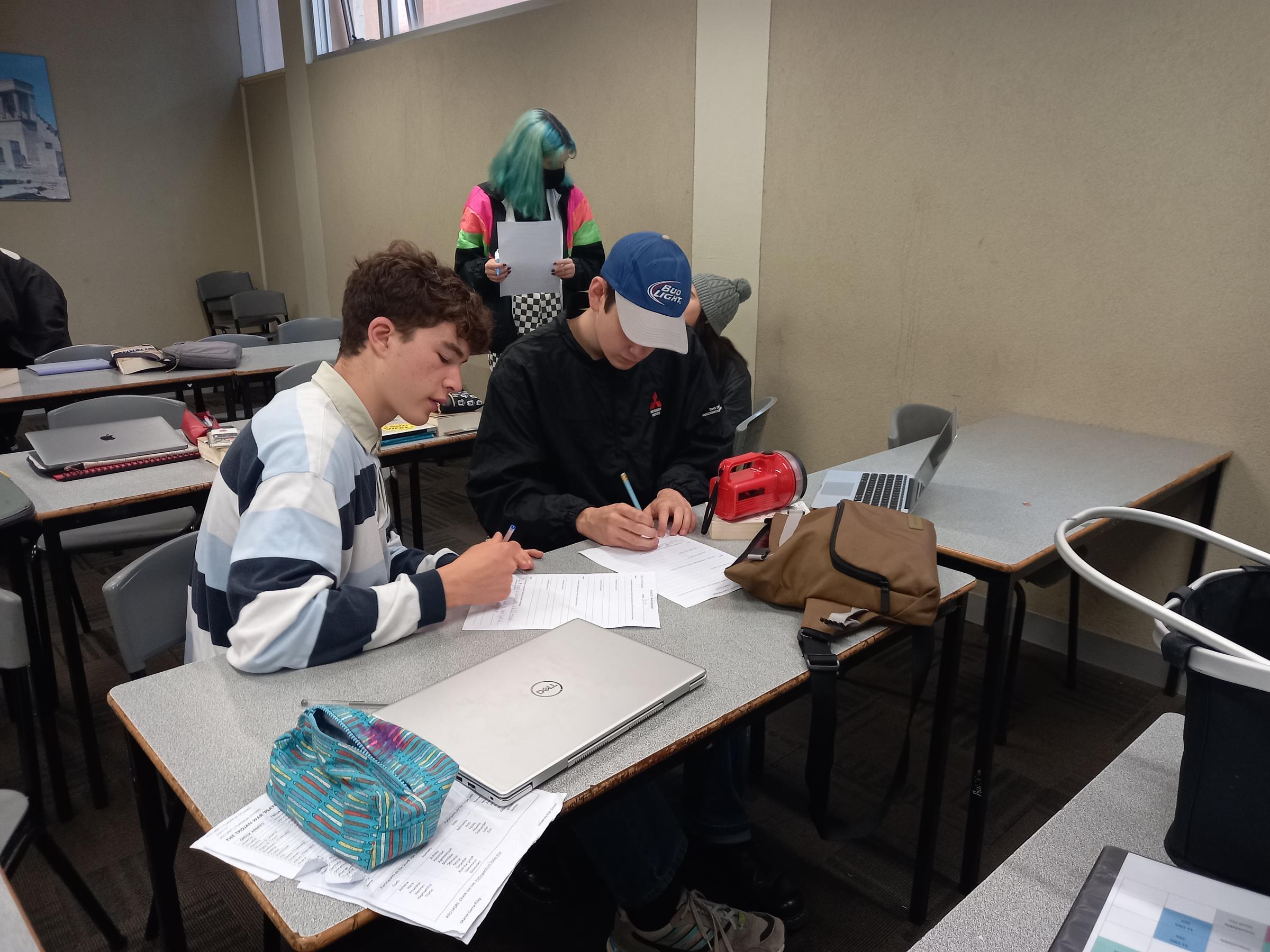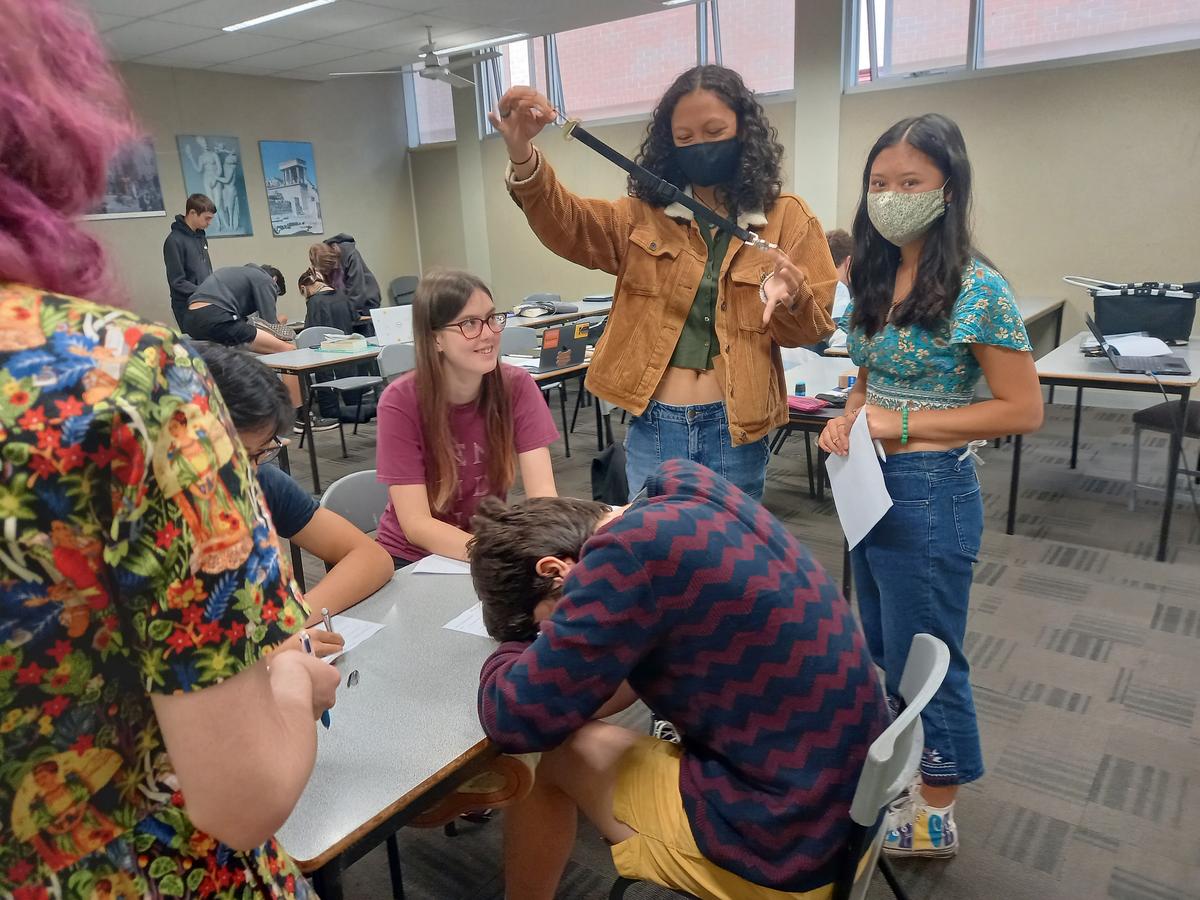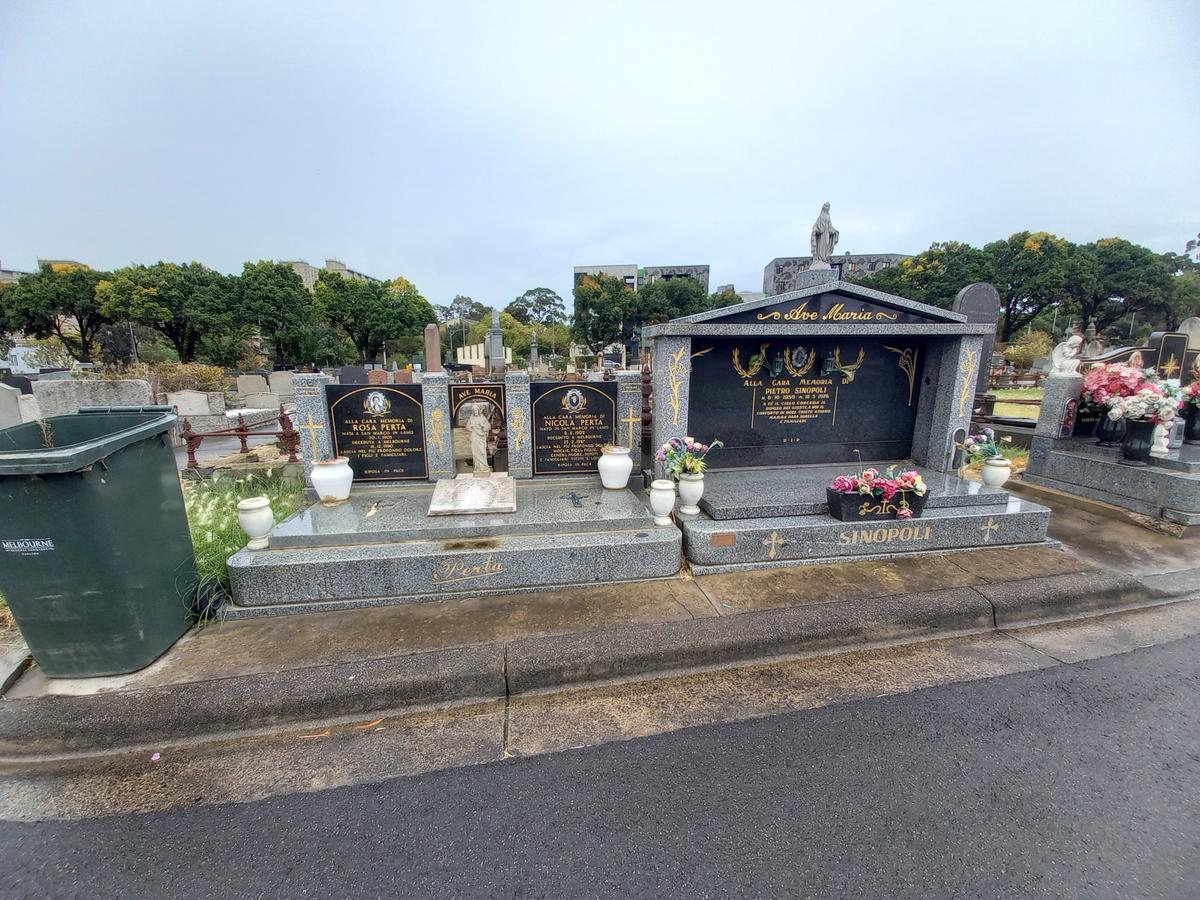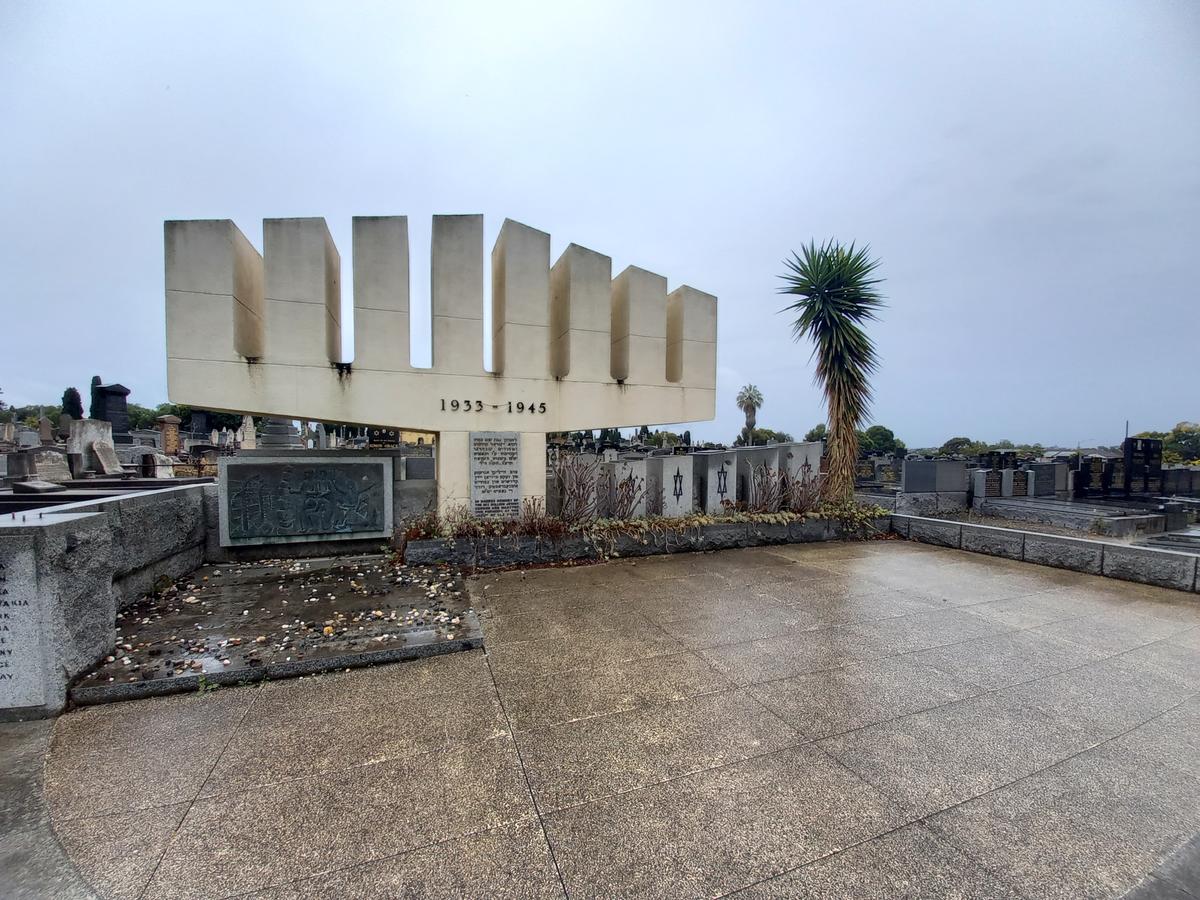Archaeology Excursion
Classical Studies

Archaeology Excursion
Classical Studies
Archaeological evidence, in the absence of written records, is the only way we can piece together what life was like in the Bronze and Archaic periods of Greece.
In order to understand the importance of context and typology, two archaeological methods used to evaluate the function and significance of artefacts, Yr11 Classical Studies students took part in an excursion which began in the staff carpark and ended at the Melbourne General Cemetery.
In class, students were given items out of context and were asked to identify the object or speculate what the item might be, what it was used for and what it told about the owner. They then were able to see the items in context which sometimes led to a different reading of the items. The context provided more insight from which a narrative about the owner could be constructed.
At Melbourne General Cemetery, students studied the typology of tombstones noting the common features which distinguished Anglican, Jewish, Italian and Greek and Chinese gravesites. Students appeared to be most moved by the very personal stories that particular tombstones told, such as the large three person grave with the single image of a teenage boy and two vacant photo places on each side, signaling a future place for his parents who are still living.






Maree Garra-Riley - Teacher